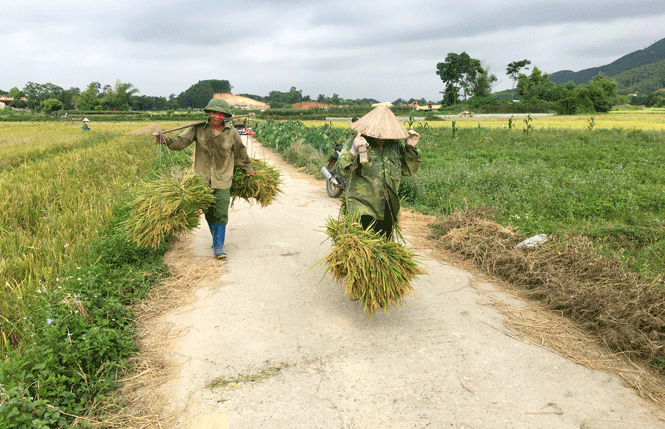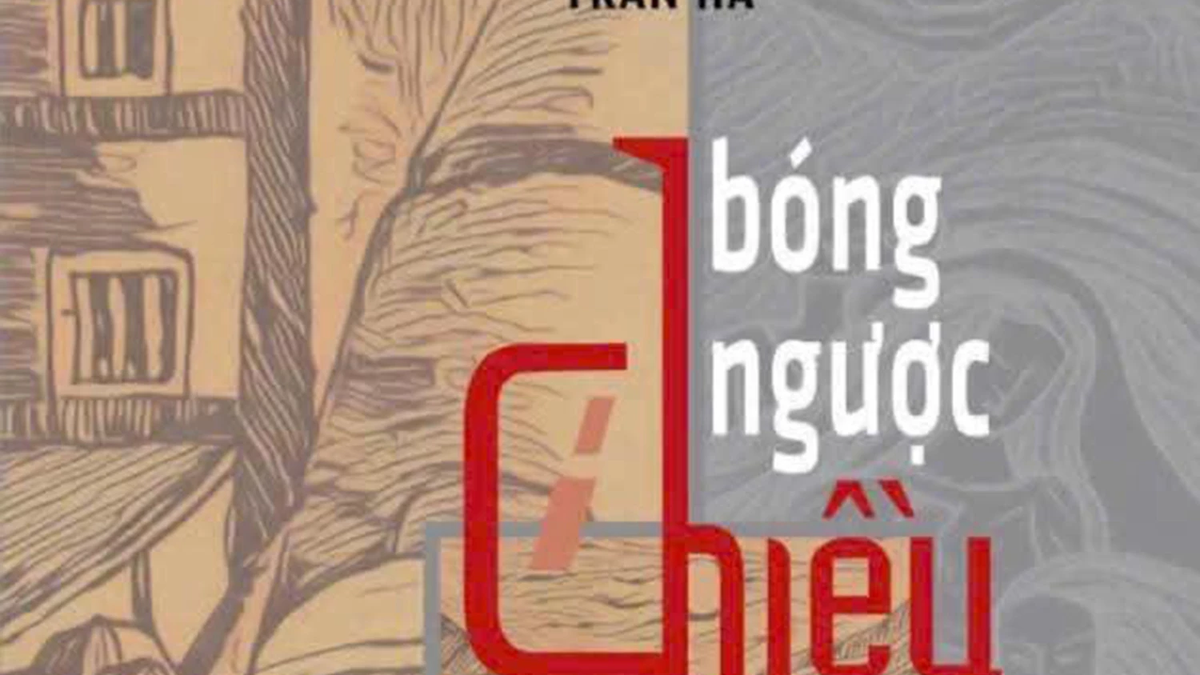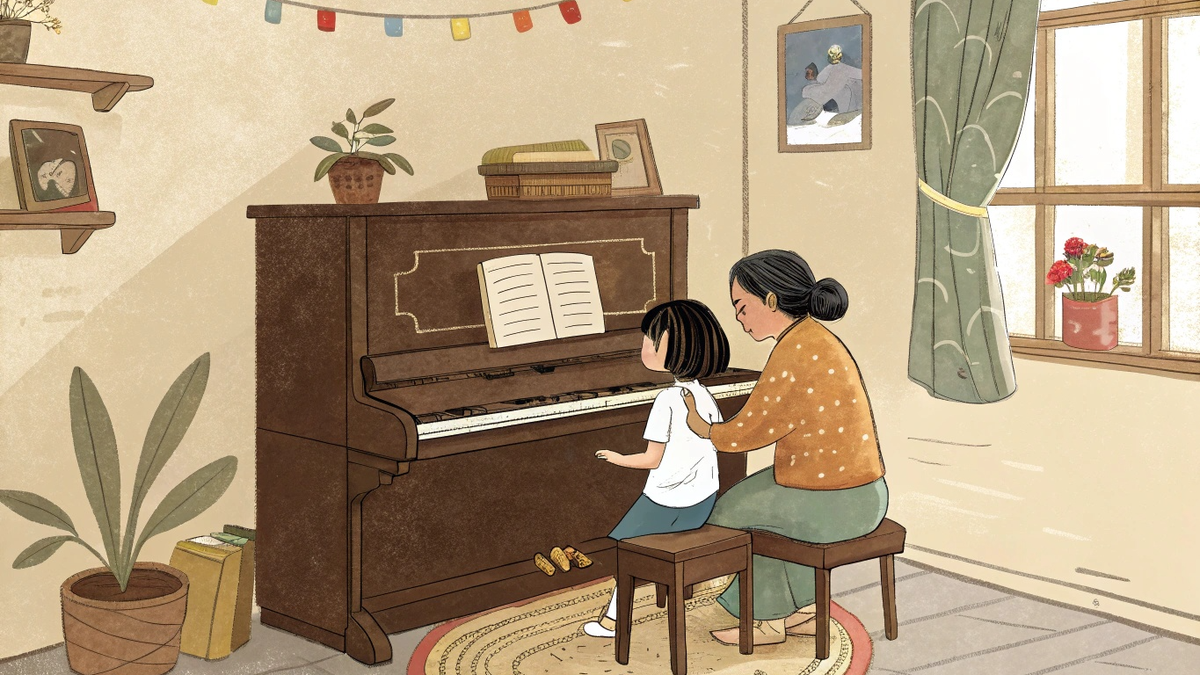May, summer comes. Our memories of the time as farmers are associated with fields and plantations. In addition to plows, hoes, and ox carts, the pair of poles and the shoulder pole are indispensable tools for farmers' livelihood.
The younger generation today, except for the families of “Three generations under one roof”, “Four generations under one roof” with three or four generations living together, may have grandparents or parents who still have some memories of the pair of bamboo poles and carrying poles made of rattan, bamboo… And, I am sure that the younger generations will have very little chance to see them, let alone use them. Because nowadays on the market, the pair of bamboo poles and carrying poles are no longer used much, there are other items that have replaced them such as: wheelbarrows, bicycles, motorbikes… The pair of bamboo poles that still exist are only used for tourism and theater troupes, film crews. Because the demand for consumption is no longer high, production is no longer as rustic and widespread as before. In the time of our grandparents and parents, in order to make a living in the village fields, on the fields, or to trade in the market, they needed a pair of bamboo poles, a carrying pole and two baskets to transport goods to the place where they needed to be used; So the story about the pair of poles and the carrying pole is always an attractive and curious topic.

During my childhood, especially during summer vacations, my father often took me on ox-cart trips into the forest to collect firewood and timber; my main job was to herd cows. After those trips to collect firewood, I saw my father bring back a few rattan poles 5 - 7 m long. On moonlit nights or in his free time, my father took the rattan poles soaked in water from the pond at home, split them into small strands of varying lengths and tied them into pairs of poles for daily use in the family. My father often made several pairs at a time; long or short, for the whole family, from adults to children. I also had a pair of my own. The pair of poles made of rattan were often used with a pair of bamboo baskets to hold things in them and carry them. I also saw my father use pliers to remove the thorns on the coils of zinc wire, making pairs of iron poles for carrying rough, heavy objects such as firewood, rice, etc. The iron poles were less commonly used as baskets. As for the shoulder poles, they could be made from many different types of trees; There is a wooden carrying pole, polished by carpenters, with markers attached at both ends to hold the poles; this type is often used for mothers and sisters to carry small, light daily items. The poles used by young people and adults to carry rice, fertilizer, bundles of firewood or agricultural products are harder and shorter. This type of carrying pole is often made of bamboo. People take bamboo roots with smaller bamboo nodes, which are hard and flexible, and carve them into a carrying pole, long or short so that when placed on the shoulder, it is just the right size for the hands to hold the two straps. The two ends of the carrying pole are carved into two joints to hook onto the two ends of the poles...
When I was in junior high school, in the 1980s, I often used my mother's wooden carrying pole with two sharp ends to carry buckets of water from the village river or stream into jars, which were coated with alum, for daily cooking and bathing. The person carrying the pole was not used to it, so when carrying it, the water bucket would swing, possibly hitting their feet or splashing water out, but gradually they got used to it and stopped swinging. In my hometown, a purely agricultural commune of Ham Thuan Nam district; the carrying pole and the pair of baskets were always present on the shoulders of mothers and sisters to serve daily activities.
Now, my hometown has no more rice fields; the banks and fields are disappearing every day. The image of a mother, a daughter, or a farmer carrying a shoulder pole on their shoulders has now completely disappeared. With the progress of society and the development of science and technology, machines have gradually replaced primitive tools, helping people not to spend much effort and sweat on daily work. But honestly, in my mind and those who have lived in the countryside and then gone to work in the city; on the days when I return to visit my hometown, I cannot help but feel nostalgic for the simple yet poetic image of carrying a shoulder pole. I remember the times when I carried water in the moonlight, placing the shoulder pole across two buckets to rest, and the image of children waiting for their mother to come back from the market to see if there was anything in the pole?... and my heart flutters with nostalgia for the old countryside, for the pair of shoulder poles of a time of poverty and hardship.
Source








![[Video] More than 100 universities announce tuition fees for the 2025–2026 academic year](https://vphoto.vietnam.vn/thumb/1200x675/vietnam/resource/IMAGE/2025/7/18/7eacdc721552429494cf919b3a65b42e)





















































































![[Infographic] In 2025, 47 products will achieve national OCOP](https://vphoto.vietnam.vn/thumb/402x226/vietnam/resource/IMAGE/2025/7/16/5d672398b0744db3ab920e05db8e5b7d)





Comment (0)